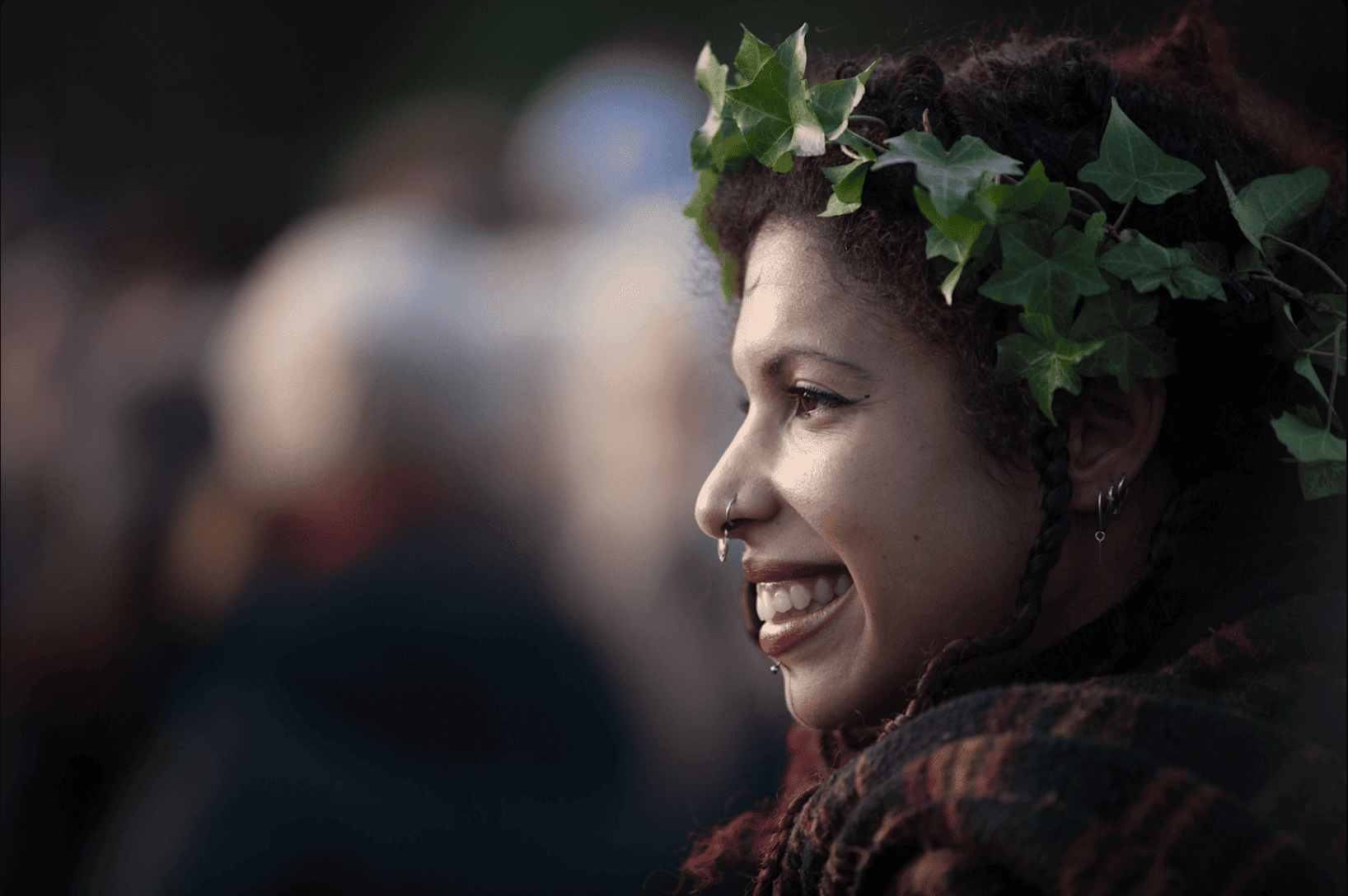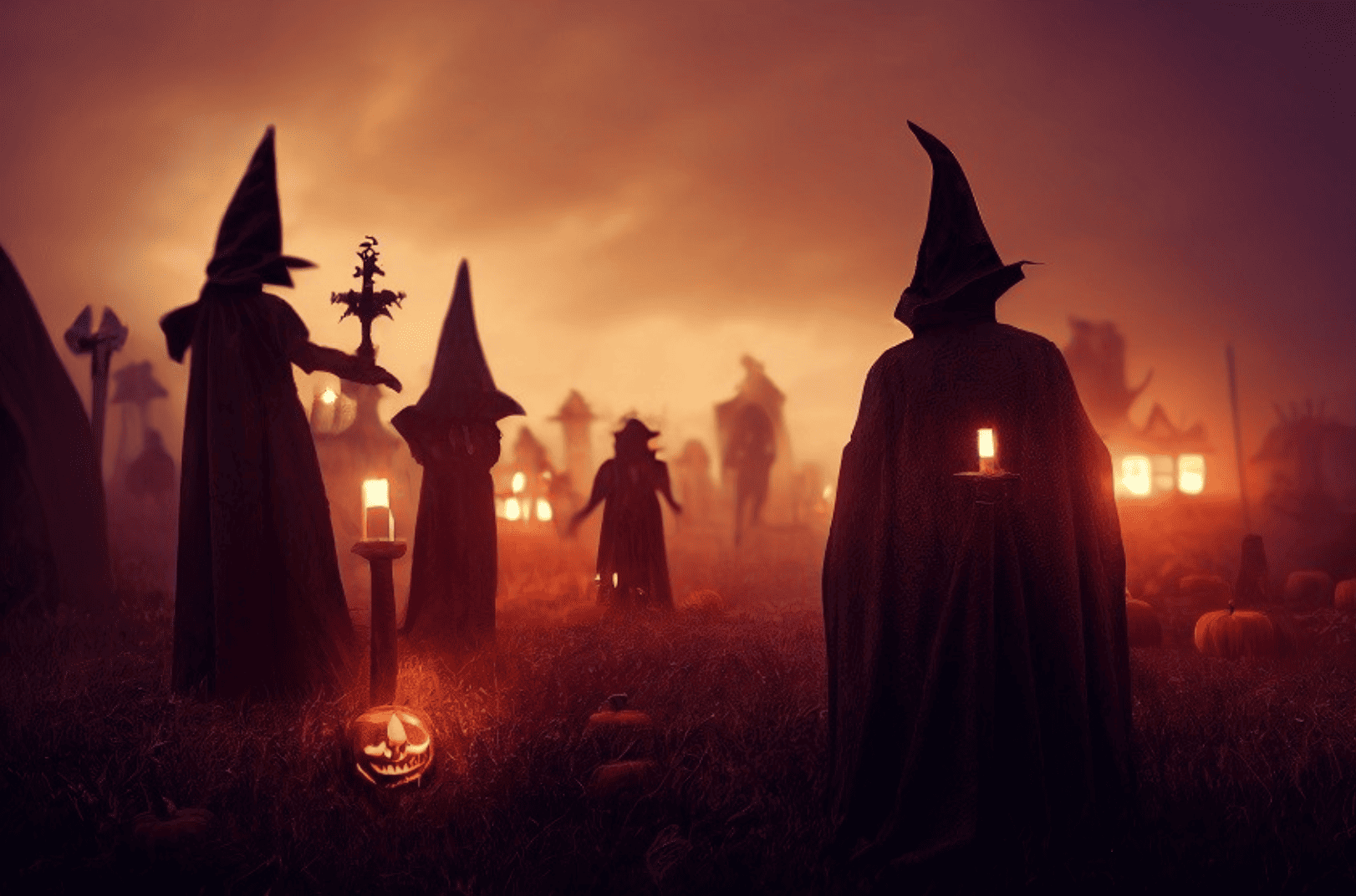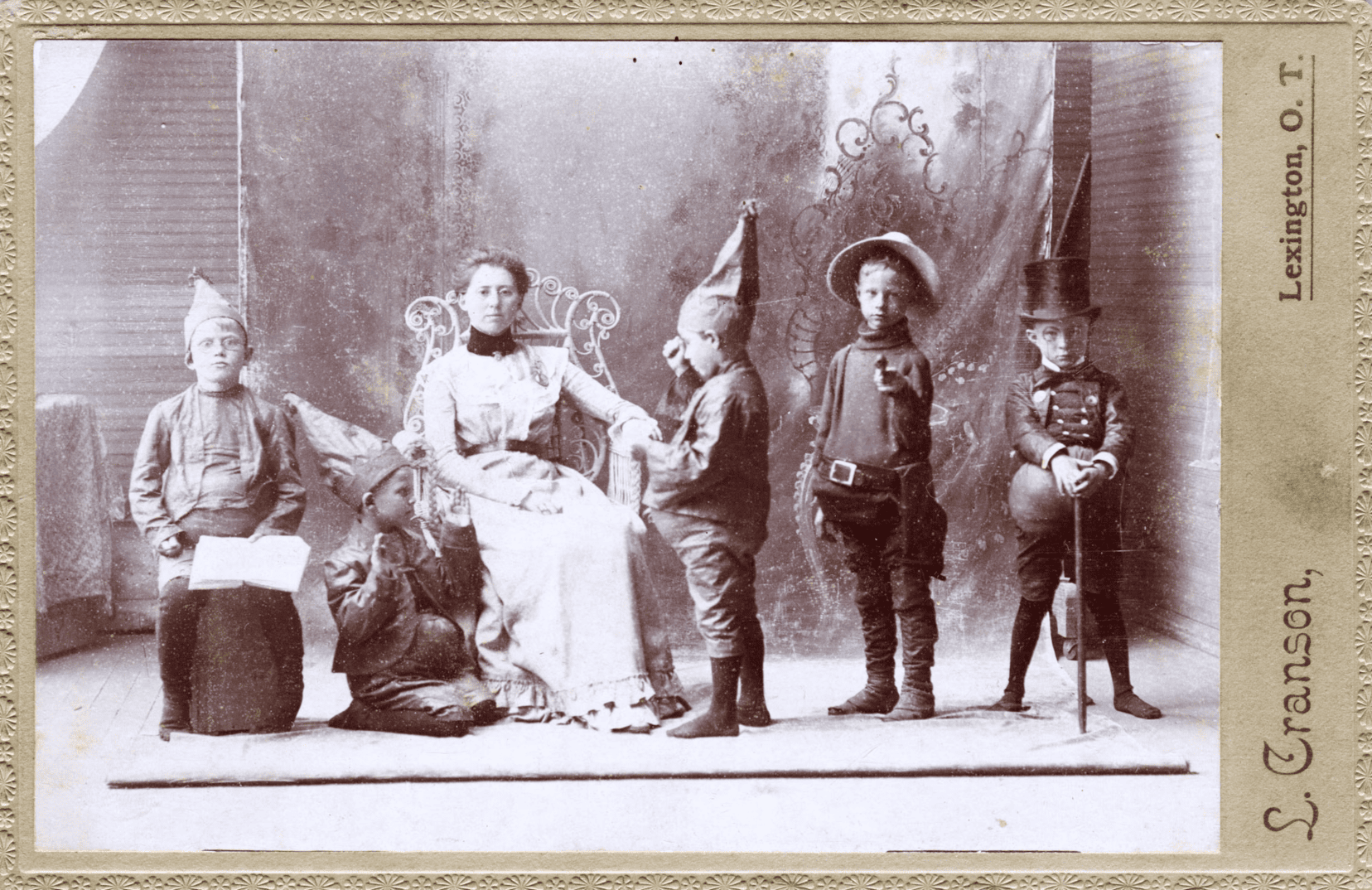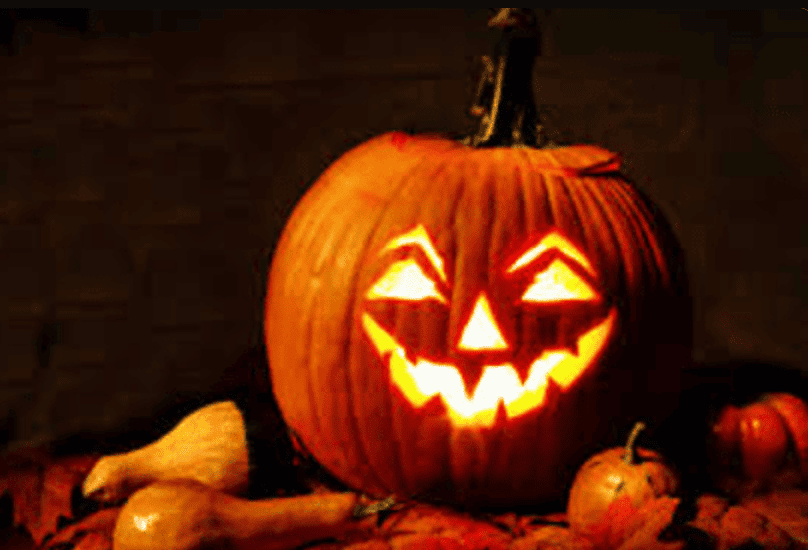
Halloween: Ancient to Modern
Halloween began as the Celtic festival of Samhain. It marked summer’s end and winter’s start. Celts believed spirits roamed freely. They lit bonfires to ward off ghosts. Today, Halloween celebrates costumes, candy, and spooky fun. Learn more about Samhain’s origins and modern Halloween traditions.
Samhain’s Influence on Halloween

Samhain, an ancient Celtic festival, shaped modern Halloween. It marked the end of harvest and winter’s start (History). Celts believed spirits crossed into the living world during this liminal time (Britannica).
Key Halloween traditions from Samhain:
- Costumes: People dressed to blend with spirits, inspiring Halloween costumes (National Geographic).
- Trick-or-treating: Guising involved singing or reciting verses for food (Smithsonian).
- Jack-o’-lanterns: Celts carved turnips to scare spirits, leading to pumpkin carving (Irish Central).
- Bonfires: Communities lit fires for protection and cleansing (History UK).
- Offerings: Food was left to appease spirits, resembling today’s candy tradition (Time).
These customs blended with Christian influences, creating Halloween (BBC).
Evolution of Trick-or-Treating

Trick-or-treating started with ancient Celtic and medieval Christian customs. Celts offered food to spirits during Samhain (History). Medieval “souling” involved prayers for food (Britannica).
Key origins of trick-or-treating:
- Samhain offerings: Food appeased wandering spirits (History UK).
- “Souling”: Poor people prayed for the dead in exchange for food (Time).
- “Guising”: Children wore costumes and performed for treats in Ireland and Scotland (Smithsonian).
Trick-or-treating became popular in North America in the 1920s and 1930s (National Geographic). Suburban neighborhoods made it safer for kids (BBC). Candy became central after World War II ended sugar rationing (History Extra).
Today, millions celebrate trick-or-treating, a cherished Halloween tradition (USA Today).
Origins of Jack-o’-Lanterns
Jack-o’-lanterns began in Ireland with carved turnips, potatoes, and beets during Samhain (History). They warded off spirits and honored Stingy Jack, a mythical wanderer (Irish Central).
Key origins of jack-o’-lanterns:

- Samhain lanterns: Celts believed carvings protected homes (National Geographic).
- Stingy Jack legend: A figure doomed to roam with a glowing turnip (BBC).
Irish immigrants in America used pumpkins, which were larger and easier to carve (Smithsonian). Pumpkin carving became a cherished Halloween tradition (Britannica).
Today, jack-o’-lanterns are festive symbols and protectors during Halloween (Time).
